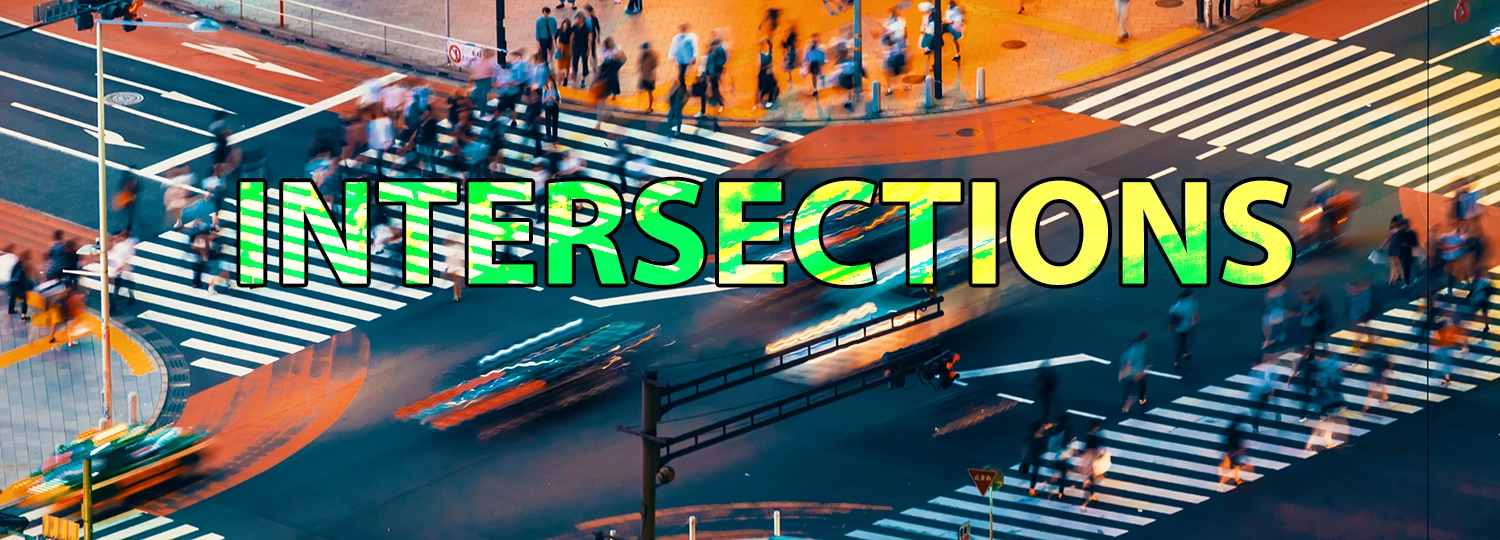Actions and performance vary widely. How much pressure do you apply to the gas pedal? How gently do you ease into it? How hard do you press the brakes? Are you overdoing it or not applying enough?
Many learners ask how to avoid situations like T-bone collisions at intersections. But the most common question I’ve encountered throughout my years of teaching new drivers in Ontario’s 30-hour insurance courses is: “You’re driving down the highway, passing another car on a sheet of ice, when you lose control. A truck is coming head-on in the other lane. What do you do?”
My answer? “I’d probably have a serious crash—maybe my last.” If you give me an extreme scenario, I’ll give you an extreme response. The real solution is to avoid getting into these situations in the first place. The forces of motion and laws of nature are far more powerful than any advice from a driving instructor.
This isn’t a racing school. Here, you learn to drive on public roads with the goal of staying as far away from danger as possible.
Intersections are designed in a way that vehicles can approach you from both sides, directly targeting the side doors—one of the weakest parts of the car. The highest risk for a T-bone collision occurs at every intersection and when you don’t look far enough to your right or left.
If you want to stay out of harm’s way, use your eyes to scan deeply to the right and left well before you reach these intersections. This is how you both avoid and inadvertently set yourself up for a T-bone. In everyday driving, you have a range of decisions available to help you steer clear of such risks.





Comments are closed